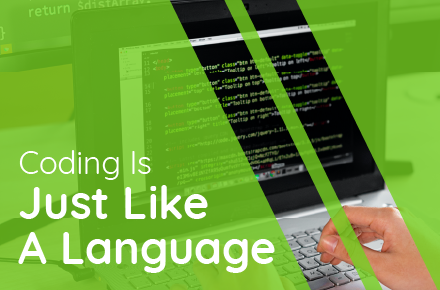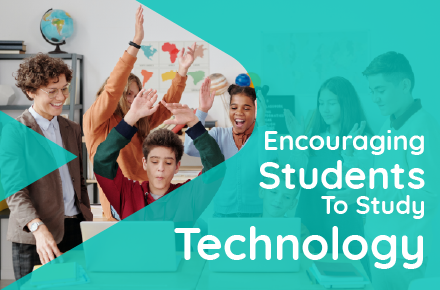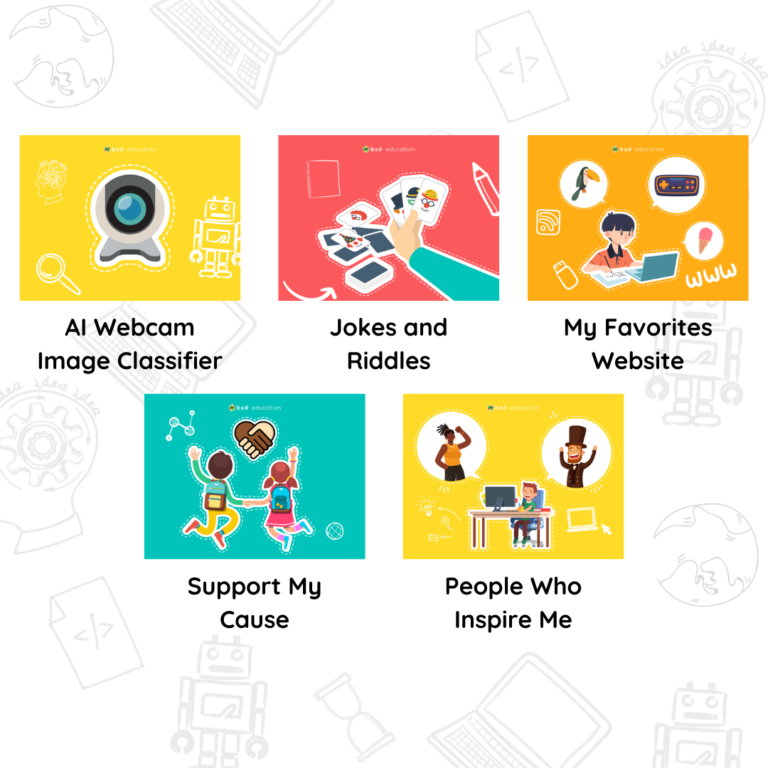Work experience is an important part of a student’s journey to prepare them to begin a career. However, offering work experience to high school students is often seen by businesses as a time drain with a weak value proposition. The skill set or capability of the students is not clearly understood to create relevant and meaningful work for them to undertake, and the moment of potential recruitment is not seen as sufficiently impending to compel action by the business to provide the work experience opportunity.
Work experience has traditionally been offered as a one-week placement, meaning 5 days working at an office in a company for 40 hours. Often students are already assigned to a department in a work experience company, but in order to set students up for success, the planning and organization of productive tasks for the student will need to reflect more than 40 hours of work. Without really comprehending the skills and competencies of the student, this becomes extremely time consuming and challenging for the supervisor.
In practice, having offered work experience to school aged students now for 9 years in four different businesses, I have found that in reality a successful 40 hour placement for a student really needs to have 80 or more hours of options for work available and prepared. This takes time and resources, with the resulting activities often becoming either menial or contrived. Where the foreseeable outcomes or benefits of the work experience to the company are in doubt, it creates a situation within the company where employees are being asked to take on extra work for an unclear purpose.
It is worth noting that curriculum vitaes or resumes themselves do not give an accurate gauge of an individual’s capabilities. To help potential employers better understand a student’s ability, a well presented portfolio of projects, even school projects, that showcase a student’s ability to use a particular tool, to design, write or analyse would be much more effective and can save a lot of time.
However, I question whether the model of ‘40 hours in a week’ is even the right approach at all. For younger, high-school aged students, it is far easier for a team in a company to find a single task that re-occurs each week, has an easily comprehensible and measurable value and will potentially free-up full time employees for other work.
Let’s take the example of a marketing team. Marketing exists in every company of every size and needs reports each week about the different campaigns that are running. The data can rarely be accessed and automatically compiled through a single system. Therefore, a report needs to be put together showing clearly defined results in one place. With a simple initial briefing, this task can be taken on by a student and then repeated weekly with a work experience visit that continues over a period of time. The task itself gives a clearly identifiable value to the team and allows tracking of quality and improvement. A bite-sized approach of shorter tasks, significantly reduces the time taken to prepare students to properly undertake their responsibility compared to a week-long work experience programme.
When we think about the purpose of work experience, the focus is really for students to develop their employability skill set. This is where students apply their hard skills while developing their soft skills in a professional environment. To employers, the importance of soft skills of both high school and university graduates is very clear and the afore-linked article does a nice job of defining some of the soft skills I am referring to. Skills such as professionalism, time management and communication, are not developed quickly or in the space of a week. They take time and repeated practice supported by coaching and correction.
Young adults, where their primary work experience will consist of a single week will inevitably have less opportunity to develop their soft skills and overall employability than they would in a weekly experience over a long period of time. Where a week of work experience coincides with a period of instability in life – this is something many young adults experience for reasons out of their own control, particularly in underserved communities – we might also view that there is a higher risk of disruption, which will mean that there will be no perceivable benefit to the student or the employer in a one week work experience engagement. A shortcoming on an individual week in a weekly work experience will have the opportunity to be redeemed during the following week. A long-term work experience builds sustainable skills, lasting relationships and stability, it allows room for personal growth.
Finally, with the development of employability skills in a work experience placement, there is the issue for high school students that the moment of recruitment is not impending. With a one week experience it rarely, if ever, could be impending unless it took place during the final month of a school career. It might also be unlikely that an employer would immediately meet a high school experienced student and instantly see a place for them in their business purely based on their skill set. Recruitment results from people seeing not just technical merit, but also the ability for that person to fit in their working environment on a daily basis and both sides wanting to work with each other.
One of the best possible ways for a young person to fit into a working environment, which is new and often alien to them, is not to seek an immediate result, but to allow relationships to develop over time. Weekly work experience over a period of time will allow credibility and trust to build between the student and the company as weekly tasks are consistently accomplished, communication is learned and the individual is simply proven reliable and convivial. The issue of impending recruitment from a long term engagement materialises more easily where the relationship can grow and would naturally run to the conclusion of the student’s time at school to connect with their progression to the workforce.
To conclude, business functions through the realisation of return on investment. Frequent bite-sized long-term work experience has a clearly definable value to the company with a lower potential for failure than an isolated experience in a single week. From a business perspective it provides a clear positive return versus investment of time and therefore offers a strong reason for a business to engage in providing work experience for high school aged students.
For students, weekly work experience allows the development of skills and business relationships in an environment where they join with a clear value proposition, and are able to operate with a forgiving margin for error.
Weekly work experience is the optimal model to deliver the best possible experience of the professional working world for students and companies alike.











